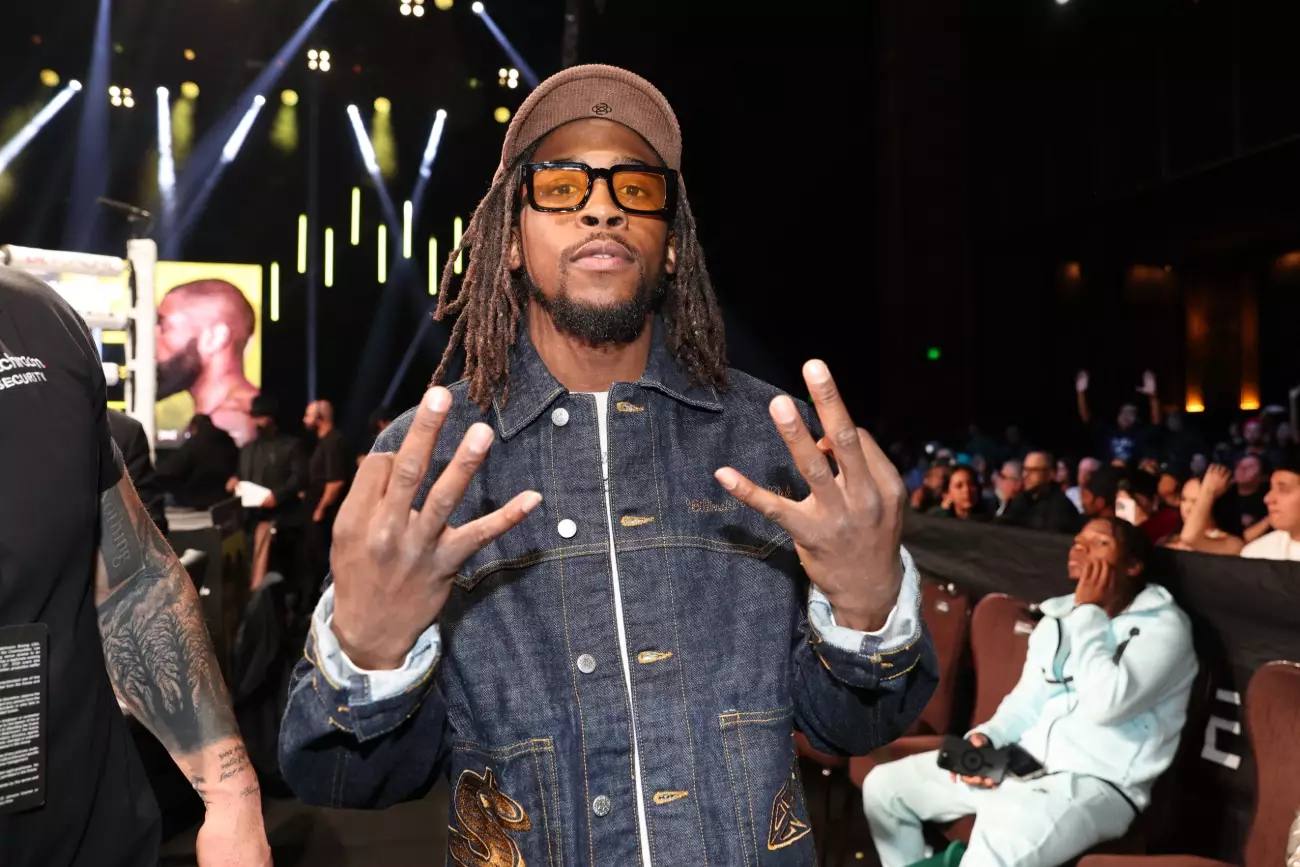This Saturday, February 14th, Madison Square Garden Theater will be the stage for a highly anticipated lightweight bout between the promising contender Keyshawn Davis and the current WBO lightweight champion, Denys Berinchyk. As Davis prepares to face Berinchyk, a decorated 2012 Olympic bronze medalist, the narrative is already heating up. At just 25 years old, Davis exudes confidence, boldly stating his belief that Berinchyk may struggle to withstand his power. However, this assertion invites scrutiny, as it raises the question of whether confidence can sometimes tip over into overconfidence—especially when facing an opponent of Berinchyk’s caliber.
Davis’s remarks reflect an overt self-assuredness that might be both a strength and a potential pitfall. His insistence that he will be “invincible” on fight night indicates a psychological strategy aimed at bolstering his own morale. However, such bravado can sometimes cloud a fighter’s judgment. Fighters like Davis, who indulge in the notion that their victories are guaranteed, may neglect the critical aspects of preparation and adaptability that are paramount in boxing. The inherent risk in approaching the fight under the assumption of superiority is that it could lead to reckless behavior in the ring—especially if he opts to “swing for the fences” rather than relying on a more technical boxing approach.
One of the primary advantages Davis appears to have is his physical size when compared to Berinchyk. In boxing, size can be a significant asset, potentially allowing a fighter to dictate the pace and space of the match. However, this must be balanced with a strategic approach; brute strength without purpose can lead to mistakes, particularly against a seasoned opponent who is adept at exploiting openings. Davis’s penchant for power punches must be tempered with the knowledge that a measured, strategic game plan can be far more effective than raw strength alone. His trainer, Brian “BoMac” McIntyre, likened finding one’s rhythm in boxing to music—a fitting analogy that emphasizes the game’s intricacies compared to the simplicity of just executing power shots. Davis must embrace this aspect of boxing if he hopes to succeed.
Davis’s recent victories over fighters like Gustavo Lemos and José Pedraza have undoubtedly elevated his profile. These wins have led to some perception of him as a knockout artist—yet such designs are misleading. While he demonstrated skill and power in those bouts, accusing someone of being a knockout artist can often overshadow the subtleties of their fighting style. In Davis’s case, one could argue he has selectively chosen his opponents, especially dragging Lemos down from 140 pounds—an act that raises eyebrows among seasoned boxing fans. By seeking out smaller opponents, Davis risks being labeled a “weight bully,” which could tarnish his reputation and detract from genuine accolades for his fighting ability.
The Road Ahead
As fight night approaches, Davis will need to rein in his confidence and focus on the technical aspects of the sport. Being aware of his own strengths is crucial, but so is recognizing the capabilities of opponents like Berinchyk. Fighters are not simply defined by their records or accolades; they are complex adversaries capable of exploiting any sign of underestimation. If Keyshawn aims to transition from a promising talent into a legitimate championship threat, he must be prepared for the challenges that come with facing adept and experienced boxers.
Final Thoughts
In the hustle and bustle of the boxing world, confidence can be both an ally and a foe. Keyshawn Davis’s upcoming fight is a critical juncture for him—one that could either solidify or rupture the burgeoning career he has worked diligently to cultivate. On February 14th, as he steps into the ring against Denys Berinchyk, the outcome may hinge less on raw power and more on technique, adaptability, and the ability to execute a game plan under pressure. Only then will the true measure of his potential be revealed.


Leave a Reply